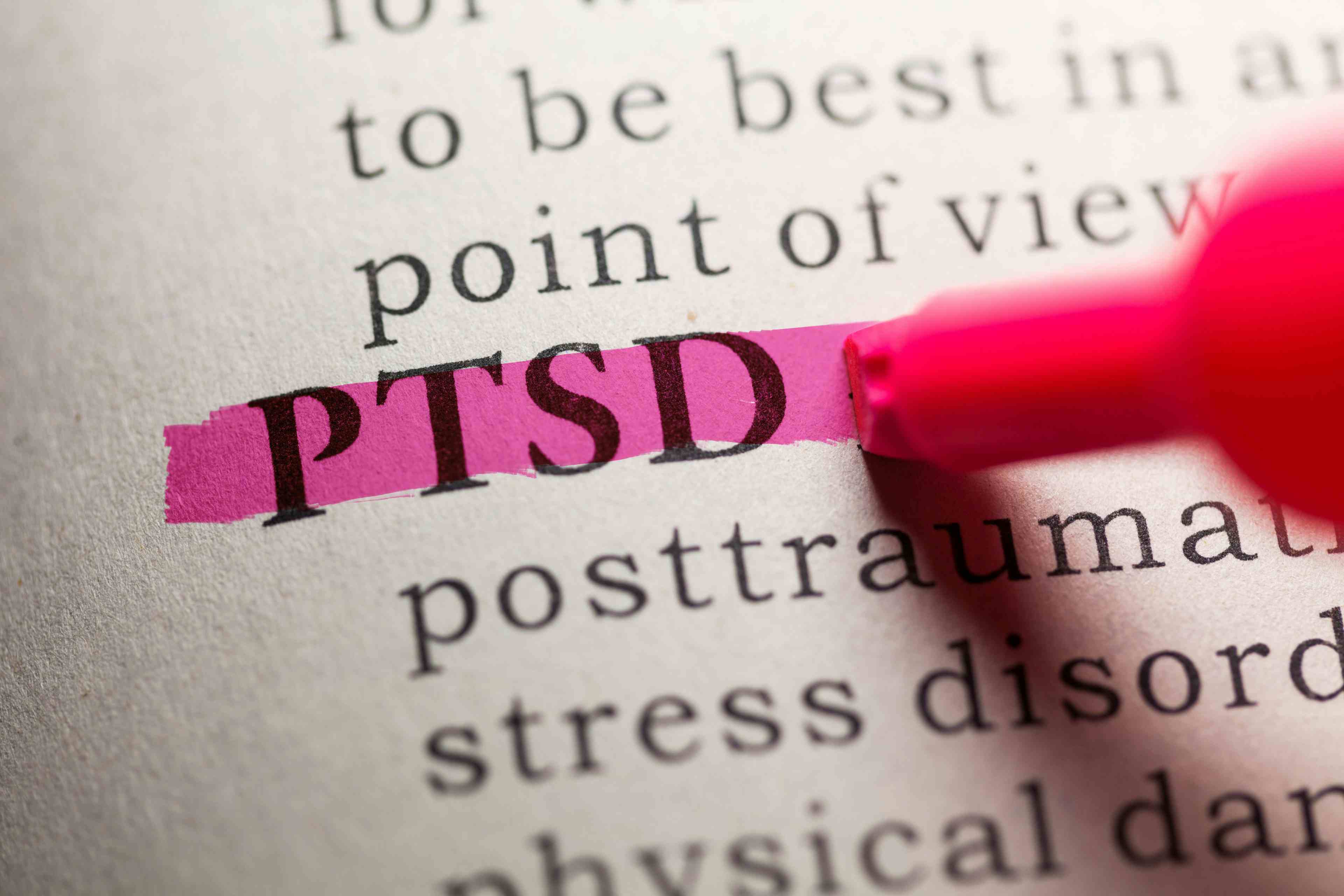Publication
Article
Psychiatric Times
Special Report: Anxiety Disorders
Author(s):
Anxiety disorders are some of the most common mental health problems that confront clinicians, either as a primary diagnosis or as comorbid conditions.
Anxiety disorders are some of the most common mental health problems that confront clinicians, either as a primary diagnosis or as comorbid conditions.1 In addition to the cost to the individuals who have these medical illnesses, there is an enormous cost to society when these illnesses are not effectively treated.2 There continues to be a great need for developing new treatments and improving those we already have.
The mental health morbidity that is confronting military personnel is currently of great concern because of the present conflicts the United States is engaged in. This presents unique challenges to treatment providers. The article by Spollen and Labbate, "Posttraumatic Stress Disorder in Veterans," discusses evidence-based treatments that may be effective for this clinical population. This article raises important concerns about the stigma of seeking mental health treatment, which is a serious obstacle to treating the servicemen and servicewomen in most need of help.
The article "Treatment Planning for Panic Disorder" by Choy provides a clear and concise review of the monotherapy approach as well as the combination of medication and cognitive-behavioral therapy (CBT). This article highlights the point that, as many clinicians know, the best treatment outcome is achieved in those individuals who receive a complete effective dosage of the psychotherapy and/or medication. However, additional work is needed to evaluate how to tailor treatment for the individual in order to improve adherence.
In their article, "Anxiety Disorders in Children and Adolescents,"Victor and Bernstein review studies that include youths in whom generalized anxiety disorder, social phobia, or separation anxiety disorder has been diagnosed. They report that although there has been considerable progress in the treatment of anxiety disorders in youths, there are areas that need further exploration, especially those that examine the effectiveness of combining CBT and pharmacotherapy in comparison with CBT or medication alone.
Finally, Busch and Milrod discuss the use of the psychodynamic approach for the treatment of panic disorder in their article "Panic-Focused Psychodynamic Psychotherapy." They review the exciting results supporting the use of this therapy and include information on a manualized version for this therapy that they have developed, which may prove useful for clinical practice.
The 4 excellent articles on anxiety disorders provide a helpful update on present treatment paradigms for the clinician to consider.
Articles in this Special Report:
- Posttraumatic Stress Disorder in Veterans: What Are We Learning From Iraq and Afghanistan Veterans?
- Treatment Planning for Panic Disorder: Evidence-Based Treatments
- Developing an Effective Treatment Protocol: Anxiety Disorders in Children and Adolescents
- Panic-Focused Psychodynamic Psychotherapy: An Overview of Treatment and Research
References:
References1. Kessler RC, McGonagle KA, Zhao S, et al. Lifetime and 12-month prevalence of DSM-III-R psychiatric disorders in the United States. Results from the National Comorbidity Survey. Arch Gen Psychiatry. 1994;51: 8-19.
2. Greenberg PE, Sisitsky T, Kessler RC, et al. The economic burden of anxiety disorders in the 1990s. J Clin Psychiatry. 1999;60:427-435.















